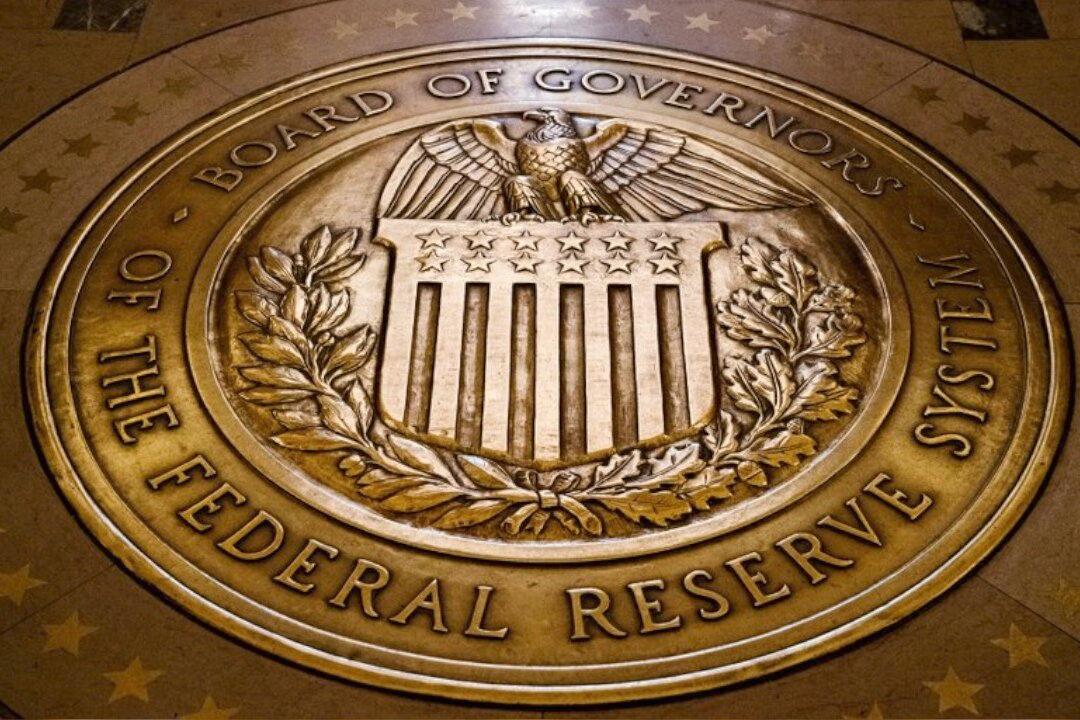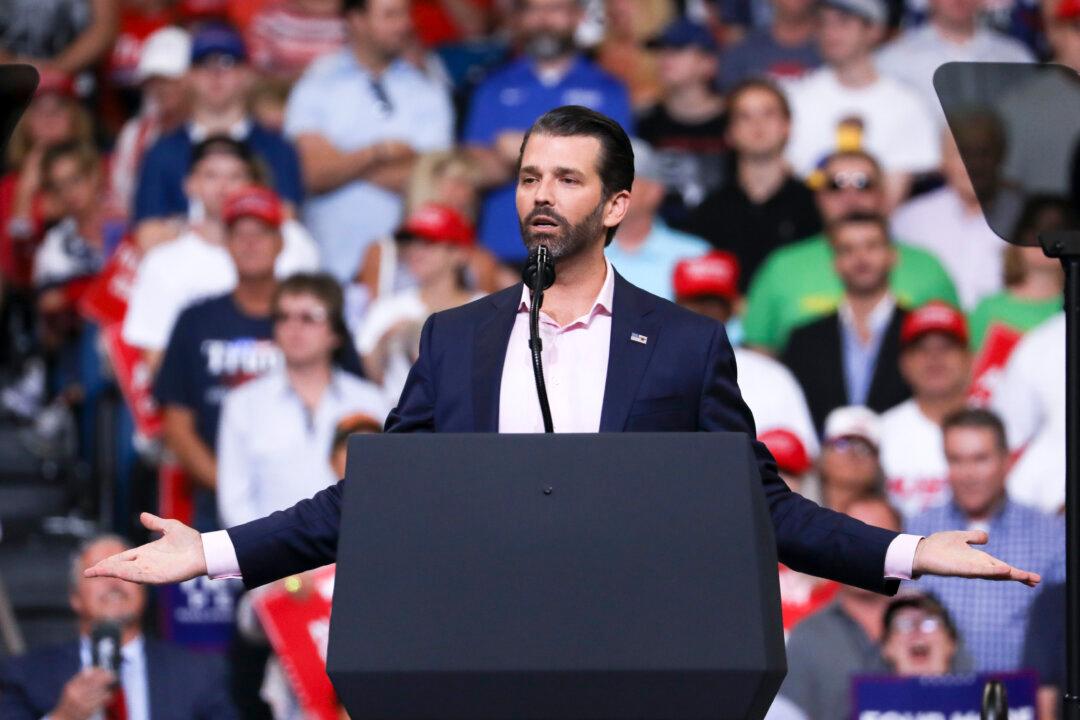The Federal Reserve has set up emergency currency swap arrangements with central banks around the world to allow dollar-based lending to continue, with markets coming under increasing pressure as the CCP virus crisis unfolds.
The Epoch Times refers to the novel coronavirus, which causes the disease COVID-19, as the CCP virus because the Chinese Communist Party’s coverup and mismanagement allowed the virus to spread throughout China and create a global pandemic.





